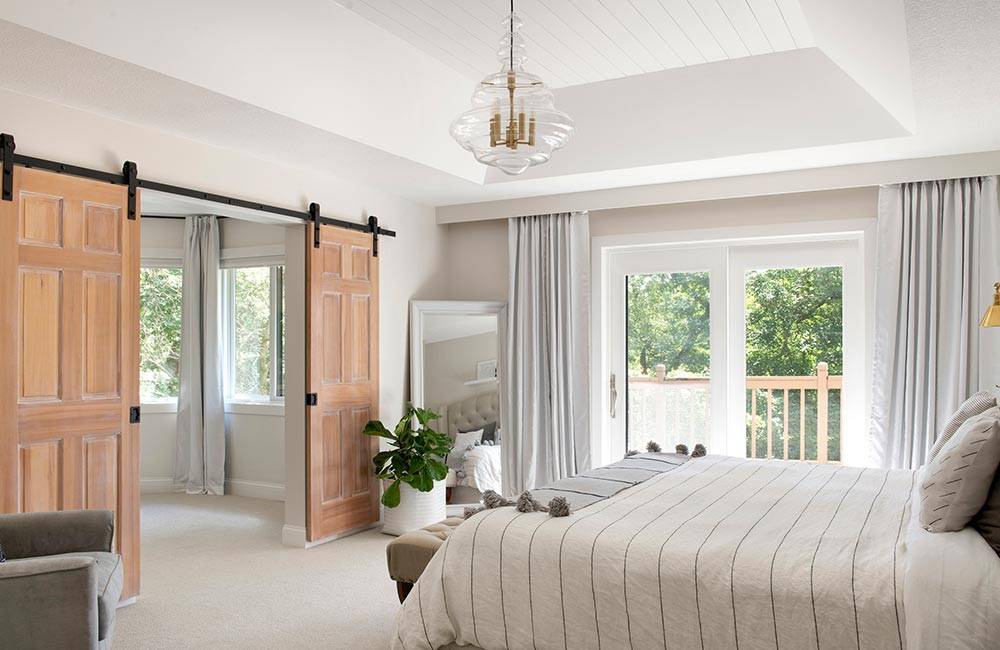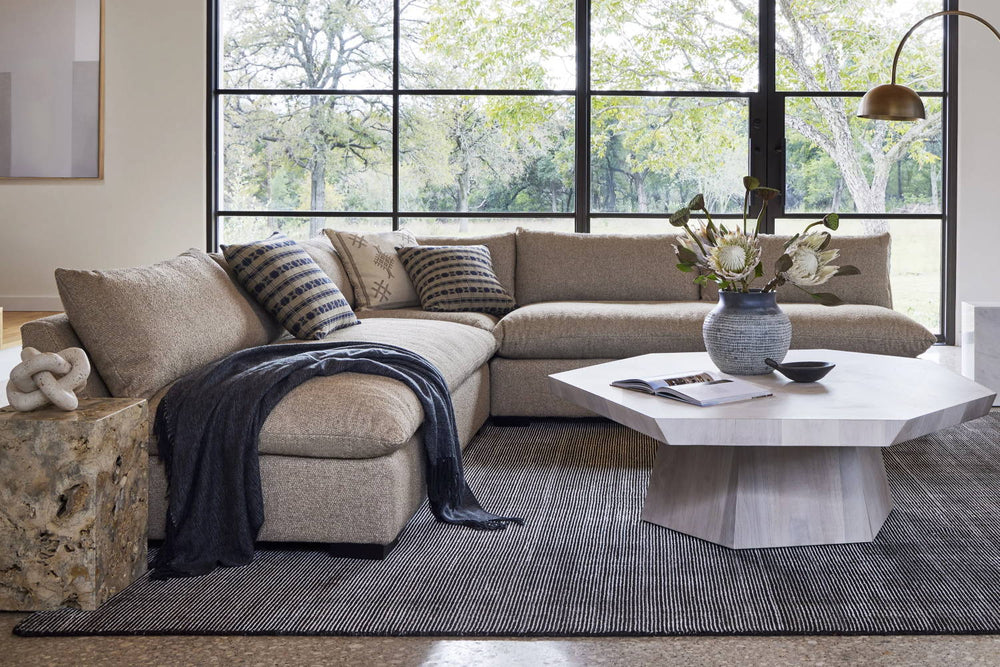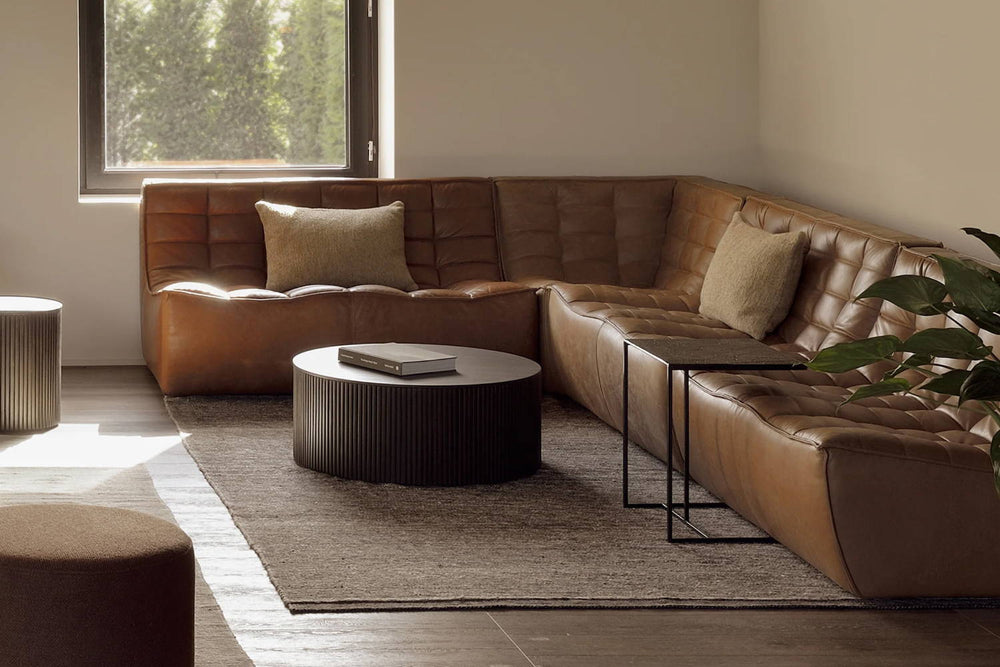In an era defined by constant noise and clutter, there exists a longing for simplicity, tranquility, and harmony within our living spaces. The fusion of two distinct yet complementary design philosophies – Japanese and Scandinavian – has given rise to a captivating aesthetic that resonates with those seeking balance and serenity in their homes. In this guide, we will unravel the essence of this captivating trend, exploring its core principles, key elements, and practical application in interior design. With a focus on simplicity, functionality, and the celebration of natural materials, Japandi style transcends mere aesthetics to become a way of life. Whether you're drawn to its clean lines, its emphasis on craftsmanship, or its embrace of imperfection, Japandi offers a sanctuary from the chaos of modern living, inviting you to create a space that nourishes both the body and the soul.
The Roots of Japandi Style
The roots of Japandi style can be traced back to the fundamental principles and aesthetics of two distinct design traditions: Japanese minimalism and Scandinavian design.
- Japanese minimalism, deeply rooted in the principles of Zen Buddhism, emphasizes simplicity, tranquility, and the beauty of imperfection. Influenced by traditional Japanese architecture and design philosophies such as "ma" (the concept of negative space) and "wabi-sabi" (the acceptance of imperfection and transience), Japanese minimalism seeks to create spaces that evoke a sense of calm and serenity through clean lines, natural materials, and a focus on functionality.
- Scandinavian design, on the other hand, emerged in the early 20th century as a response to the harsh climates and limited resources of the Nordic region. Characterized by its emphasis on simplicity, functionality, and connection to nature, Scandinavian design features clean lines, minimalist aesthetics, and the use of natural materials such as wood, leather, and wool. It also prioritizes craftsmanship and quality, celebrating the beauty of well-made, timeless pieces.
- The fusion of these two design traditions gave rise to Japandi style, a harmonious blend of Japanese minimalism and Scandinavian design principles. With its emphasis on clean lines, natural materials, and functionality, Japandi style embodies the best of both worlds, creating spaces that are both inviting and serene. It draws inspiration from the simplicity and tranquility of Japanese design, while incorporating the warmth and coziness of Scandinavian interiors.
- Ultimately, the roots of Japandi style lie in a shared appreciation for minimalism, craftsmanship, and the beauty of nature. It is a design aesthetic that transcends cultural boundaries, offering a timeless and harmonious approach to interior design that resonates with people around the world.
Key Elements of Japandi Style
Key elements of Japandi style include a harmonious blend of Japanese minimalism and Scandinavian design principles, resulting in spaces that are both serene and inviting. Here are some of the key elements:
- Minimalism: Japandi style embraces minimalism, favoring clean lines, uncluttered spaces, and a "less is more" approach to design
- Natural Materials: Natural materials such as wood, bamboo, stone, and linen are central to Japandi style, adding warmth, texture, and a connection to nature
- Neutral Color Palette: A subdued and neutral color palette dominated by whites, grays, beiges, and blacks creates a sense of calm and tranquility in Japandi interiors
- Functionality: Functionality is a core principle of Japandi style, with furniture and decor serving both aesthetic and practical purposes. Multi-functional pieces and clever storage solutions are often incorporated to maximize space
- Craftsmanship: Japandi style celebrates craftsmanship and quality, with an emphasis on well-made, timeless pieces that are built to last
- Connection to Nature: Japandi style emphasizes a connection to nature, with interiors featuring elements such as indoor plants, natural light, and views of the outdoors
- Cozy Textiles: Soft and cozy textiles such as wool, cotton, and linen add warmth and comfort to Japandi interiors, creating inviting spaces that feel lived-in and welcoming
- Simplicity and Serenity: Overall, Japandi style is characterized by its simplicity, serenity, and understated elegance, creating spaces that promote a sense of calm and well-being
Designing With Japandi Style
Designing with Japandi style involves incorporating key elements of Japanese minimalism and Scandinavian design principles to create spaces that are harmonious, serene, and inviting. Here are some tips for designing with Japandi style:
- Start with a Neutral Palette: Begin by choosing a neutral color palette dominated by whites, grays, beiges, and blacks. These colors create a calming backdrop and serve as the foundation for the rest of the design
- Embrace Natural Materials: Incorporate natural materials such as wood, bamboo, stone, and linen into your design. Use these materials for furniture, flooring, textiles, and accessories to add warmth, texture, and a connection to nature
- Focus on Clean Lines: Opt for furniture and decor with clean lines and minimalist aesthetics. Avoid ornate or overly decorative pieces, and prioritize simplicity and functionality
- Create Balance and Harmony: Achieve balance and harmony in your space by carefully selecting and arranging furniture and accessories. Aim for symmetry and proportion, and consider the visual weight of each element in the room
- Prioritize Functionality: Choose furniture, lighting and decor that serve both aesthetic and practical purposes. Look for multi-functional pieces and clever storage solutions to maximize space and minimize clutter
- Celebrate Craftsmanship: Invest in well-made, timeless pieces that showcase quality craftsmanship. Choose furniture and decor with attention to detail and a focus on durability and longevity
- Add Soft Textures: Incorporate soft and cozy textiles such as wool, cotton, and linen to add warmth and comfort to your space. Use throw blankets, cushions, and area rugs to soften hard surfaces and create inviting seating areas
- Bring in Natural Elements: Enhance the connection to nature by adding indoor plants, natural light, and views of the outdoors to your space. Consider incorporating elements such as stone accents, water features, or natural artwork to further evoke a sense of the natural world indoors
- Embrace Wabi-Sabi: Embrace the Japanese concept of wabi-sabi by incorporating elements of imperfection and the beauty of the imperfect into your design. Look for vintage or handmade pieces with patina, texture, and character, and celebrate the passage of time in your space
- Keep it Simple and Serene: Above all, strive for simplicity, serenity, and understated elegance in your Japandi design. Create spaces that feel calm, inviting, and conducive to relaxation and well-being
By incorporating these principles and elements into your design, you can create beautiful and harmonious spaces inspired by the timeless elegance of Japandi style.
Benefits of Japandi Design
Japandi style offers a range of benefits that make it a popular choice for interior design. Here are some of the key advantages of embracing Japandi style:
- Serenity and Calmness: Japandi style creates serene and calm environments through its emphasis on minimalism, neutral colors, and natural materials. These elements help to reduce visual clutter and promote a sense of tranquility and relaxation in the home
- Timeless Elegance: With its clean lines, understated aesthetics, and focus on quality craftsmanship, Japandi style exudes timeless elegance. It avoids trendy or overly decorative elements, ensuring that spaces designed in this style remain relevant and stylish for years to come
- Functionality and Practicality: Japandi style prioritizes functionality and practicality, with furniture and decor serving both aesthetic and utilitarian purposes. This focus on functionality makes Japandi interiors highly livable and efficient, maximizing space and minimizing clutter
- Connection to Nature: By incorporating natural materials, indoor plants, and elements inspired by the natural world, Japandi style fosters a strong connection to nature. This connection has been shown to have numerous psychological benefits, including reduced stress levels and improved overall well-being
- Versatility and Adaptability: Japandi style is versatile and adaptable, making it suitable for a wide range of spaces and lifestyles. Whether you live in a small apartment or a spacious home, Japandi design principles can be applied to create beautiful and functional interiors that suit your needs and preferences
- Environmental Sustainability: With its emphasis on natural materials, timeless design, and quality craftsmanship, Japandi style promotes environmental sustainability. By choosing durable, eco-friendly materials and investing in well-made, long-lasting pieces, you can reduce your environmental footprint and create spaces that are both beautiful and environmentally responsible
Overall, Japandi style offers a range of benefits that make it a compelling choice for anyone seeking to create serene, timeless, and functional interiors that promote well-being and harmony in the home.
In the realm of interior design, where trends come and go with the passing seasons, Japandi style stands as a timeless testament to the power of simplicity, balance, and harmony. We are reminded that Japandi design is not merely about creating beautiful spaces; it is about cultivating a way of life that celebrates mindful living and meaningful connections. Through the marriage of Japanese minimalism and Scandinavian warmth, Japandi style offers a sanctuary from the chaos of the modern world, inviting us to slow down, embrace imperfection, and find beauty in the everyday. So, bid farewell to the noise and clutter of the outside world, and embrace the tranquility and harmony that await within the walls of our own homes. For in the embrace of Japandi style, we discover not just a design trend, but a philosophy of living well – one that reminds us to cherish the beauty of simplicity, and to find joy in the art of less.








